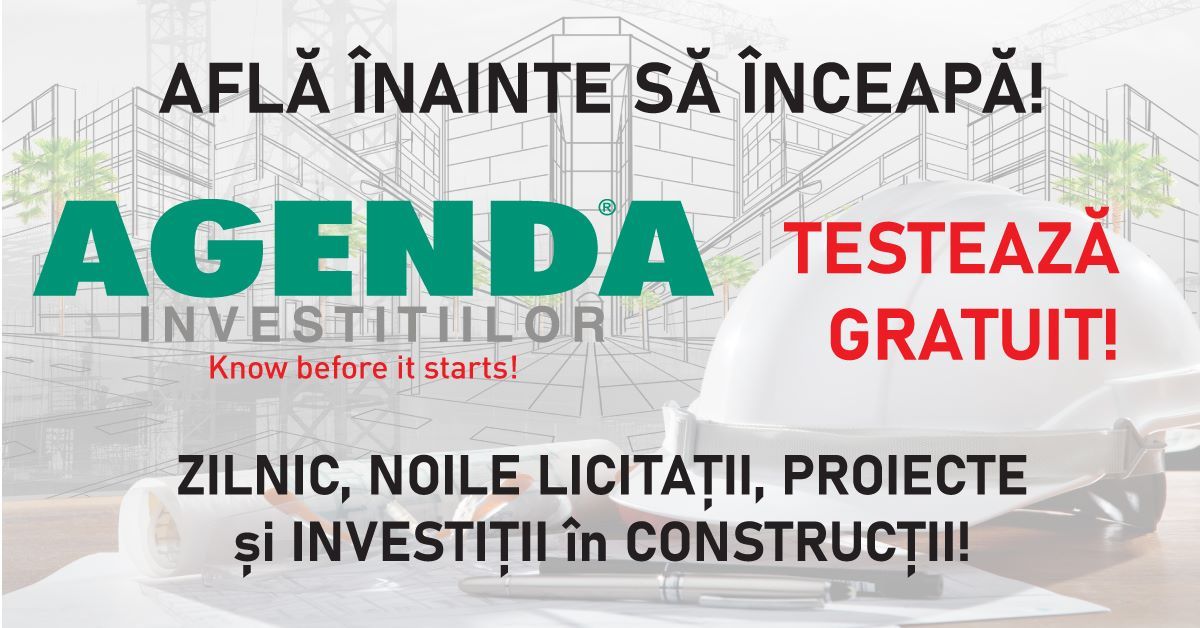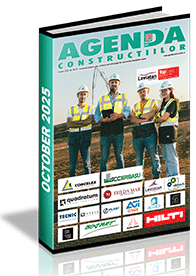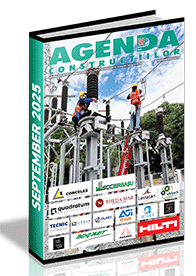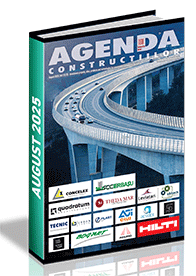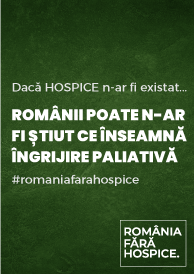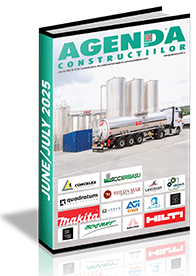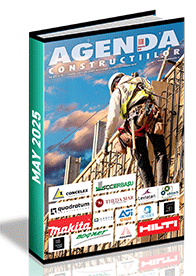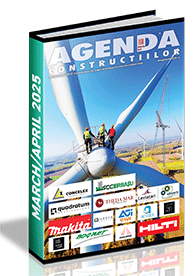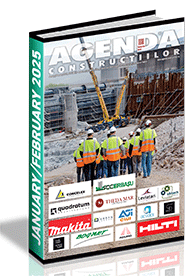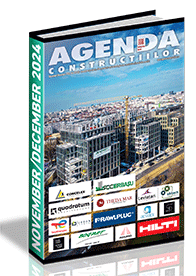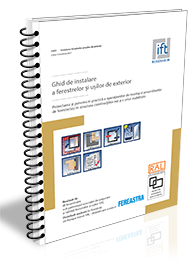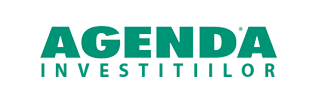| ANALYSIS: Innovative methods used in constructions insulation |
| English Section Publicat de Ovidiu Stefanescu 30 Sep 2015 13:00 |
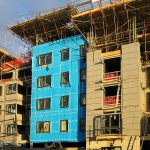 Race to improve the sustainable characteristics of buildings does not stop with the objectives set out in the directive of energy efficiency in buildings (EPBD), EC experts proposing already more ambitious target aimed at, for example, 80% reduction by 2050 of all carbon dioxide emissions resulting from the operation of buildings. This goal is attainable only under a veritable revolution in the way in which are equipped the new buildings in order to reduce the consumption, but a greater impact will be exerted by the way in they will be able to conserve and optimize the available energy. In this sense, the future building envelopes will play a major role in terms of both their transparent part and the opaque one. Already, some major suppliers around the world are in a tough competition to identify the best solutions in terms of environmental, economic and technical performance. The results of these efforts are visible yet, meaning that materials with special properties are in advanced stages of testing, some of which received approval for use in important projects. It's both about the current developments of technologies and essential solutions, which have never been used in such applications and whose features are found to be suitable for use in building construction, on the segments of thermal - acoustic - waterproofing. Of course, in the next few decades, science will advance in the same direction, and it is extremely likely that new solutions will ensure the most obvious improvements regarding the enveloping systems. There are a lot of ideas which have attracted the attention of users and which, if not yet implemented in current projects, represent major opportunities to become viable alternatives to current methods, on the short and medium term. Some of them refers at performance waterproofing coats, thermal systems based both on mineral wool and expanded/extruded polystyrene, low weight new materials in the category of aerogel etc. Race to improve the sustainable characteristics of buildings does not stop with the objectives set out in the directive of energy efficiency in buildings (EPBD), EC experts proposing already more ambitious target aimed at, for example, 80% reduction by 2050 of all carbon dioxide emissions resulting from the operation of buildings. This goal is attainable only under a veritable revolution in the way in which are equipped the new buildings in order to reduce the consumption, but a greater impact will be exerted by the way in they will be able to conserve and optimize the available energy. In this sense, the future building envelopes will play a major role in terms of both their transparent part and the opaque one. Already, some major suppliers around the world are in a tough competition to identify the best solutions in terms of environmental, economic and technical performance. The results of these efforts are visible yet, meaning that materials with special properties are in advanced stages of testing, some of which received approval for use in important projects. It's both about the current developments of technologies and essential solutions, which have never been used in such applications and whose features are found to be suitable for use in building construction, on the segments of thermal - acoustic - waterproofing. Of course, in the next few decades, science will advance in the same direction, and it is extremely likely that new solutions will ensure the most obvious improvements regarding the enveloping systems. There are a lot of ideas which have attracted the attention of users and which, if not yet implemented in current projects, represent major opportunities to become viable alternatives to current methods, on the short and medium term. Some of them refers at performance waterproofing coats, thermal systems based both on mineral wool and expanded/extruded polystyrene, low weight new materials in the category of aerogel etc. |
ABONARE REVISTA (click aici): PROIECTE | INVESTITII | REVISTE | INDEX COMPANII
DATE DE CONTACT: Agenda Constructiilor & Fereastra - Tel/Fax: 021-336.04.16, 031-401.63.88


